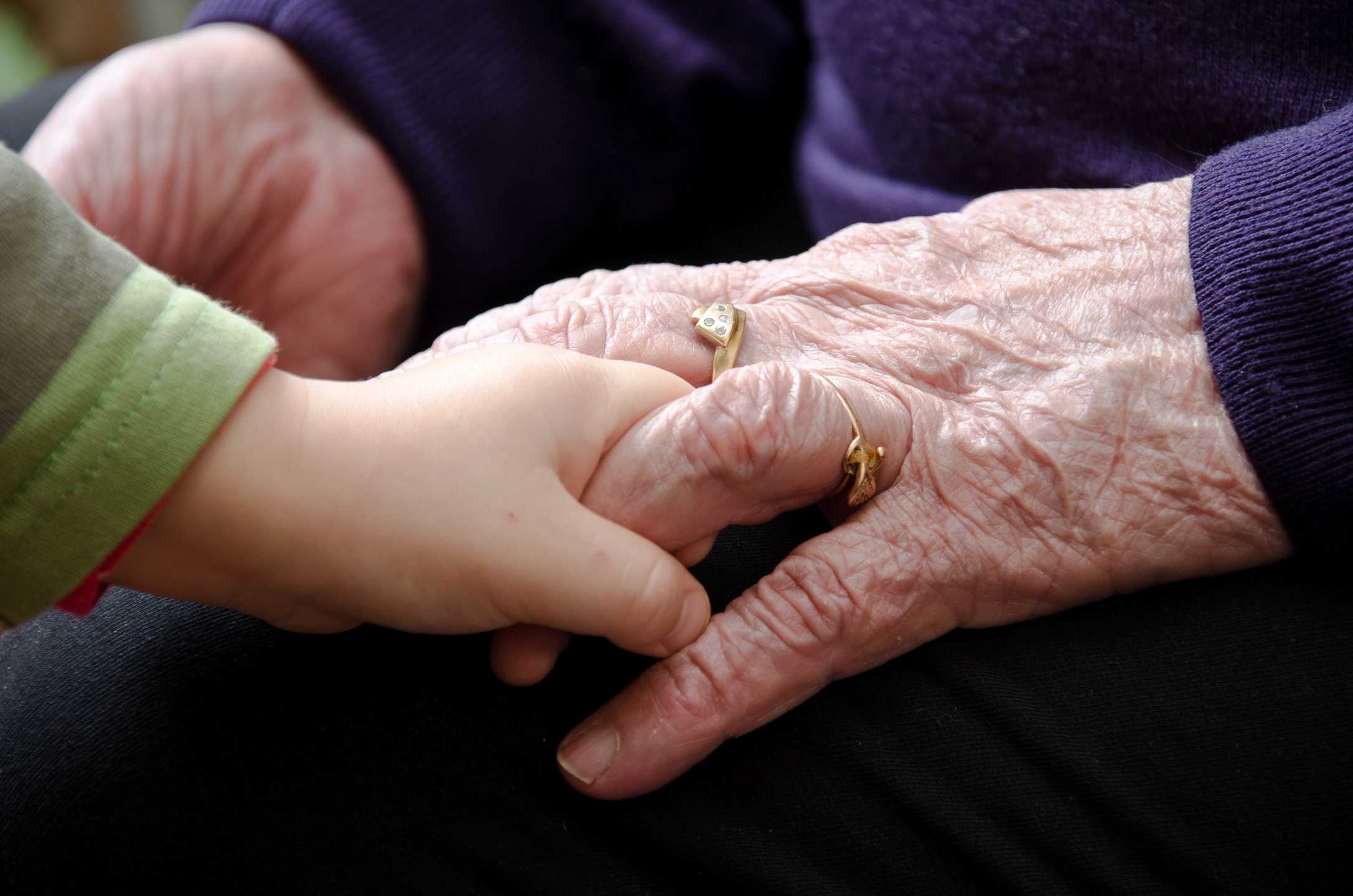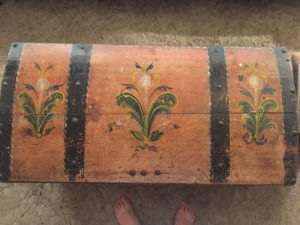Before attending my first big genealogy conference in 2013, I had no idea of the number of genealogy and historical societies in existence. They come in all shapes and societies, covering a wide variety of ethnic groups and geographical areas–the world, in fact! Since this discovery I have joined at least 15 different societies. Why? Good question… and I have a pretty good answer.
Genealogical and historical societies are the caretakers of the records of the past. They preserve and share unique collections and databases, at times only accessible to members. The journals and newsletters they produce are full of wonderful stories and information pertinent to the area or ethnic group they represent. Besides sharing information, some journal articles are designed to teach methodologies, to demonstrate quality research. Most societies sponsor seminars, workshops, conferences, webinars, etc., all for the purpose of advancing the goals of genealogists everywhere. Often, society membership means a discount in event registration and on purchases at their store, if there is one.
Most of the societies I have joined are located hundreds, even thousands, of miles away from where I live. Even so, I have found my membership to be invaluable. Joining a society near me has provided me a chance to give back to the genealogical community through volunteerism, but there are many other rewards for membership. I have joined societies for every different state, sometimes county, in which my ancestors lived in order to have access to their special collections and to connect with others in the society who may have shared lineage with me. I have joined ethnic societies to help learn more about my ancestors’ customs, language, and life in their ancestral homeland. I have joined lineage societies to prove my research and to support their missions. I have joined professional societies in order to advance my efforts in developing a part-time business doing something I love.
If you are at all interested in family history research, I definitely recommend joining a society in your area, or anywhere your ancestors lived. You may even find family you never knew you had!

